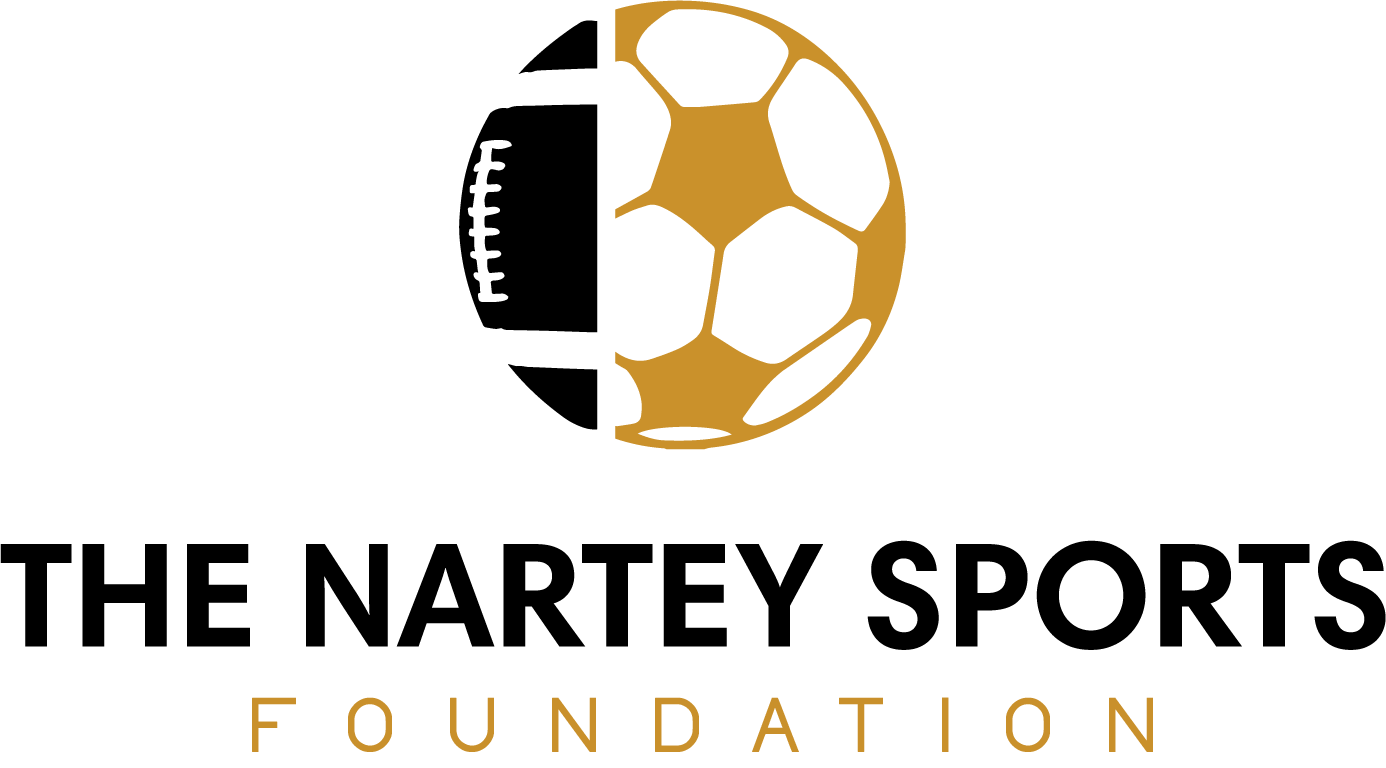campaigns
Making a Splash: Supporting Women's Water Polo in the Philippines.
A Global Vision:
Sports is an important pathway to empowerment for women in developing and transitional countries.
The Nartey Sports Foundation has a global vision for empowering young people through sports. Often children and young adults in foreign countries experience the greatest vulnerability and need.
Opportunities for global athletes include: financial empowerment and autonomy, educational opportunity, solidarity, community support, healthy body image, access to health education, improved self- esteem, a way to demonstrate nationality, and a pathway to higher education.
In particular, women in developing countries have a lot to overcome. Participation in organized athletics helps young women to achieve empowerment, and lessened risk of gender-based abuses.
Women who play sports often have*:
improved physical and mental health and well-being
athletic competence
improved self-esteem and body image
more flexible gender identity
improved perceived moral reasoning, socialization
competition and leadership
more positive sexual behavior
lowered risk of intimate partner violence
The Nartey Sports Foundation is pleased to support the expansion of access to competitive water polo for women in the Philippines. The NSF honored to collaborate with the Philippines Heritage International (PHI) to create these life-changing opportunities for young women, specifically offering support to athletes living in the Philippines to have the chance to train in the United States and develop pipelines to intercollegiate athletics.
*Hall, Durbow, and Progen, 1996; Miller & Levy, 1996; International Society of Sports Psychology [ISSP], 2000; Hanson & Kraus, 1998; Erkut et. al, 1996; Delaney & Lee, 1995; Butcher, 1989; Marsh &Jackson, 1986; Ross and Shinew, 2007; Shaw et. al, 1995; Nabkasorn et. al, 2006; Sabo et. al, 1998; Salokun, 1994

